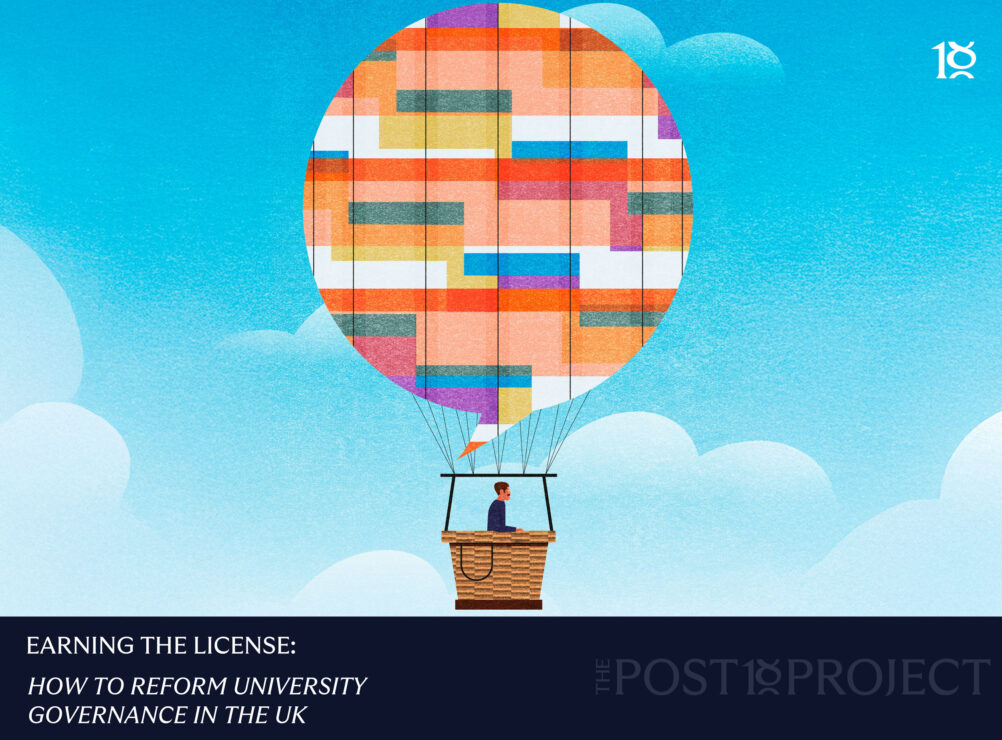Across higher education, the conversation about digital transformation has shifted from connection to capability. Most universities are digitally connected, yet few are digitally mature
The challenge for 2026 and beyond is not whether institutions use technology, but whether their systems and partnerships enable people and processes to work together to strengthen institutional capacity, learner outcomes, and agility.
Boundless Learning’s 2025 Higher Education Technology and Strategy Survey underscored this transition: 95 per cent of leaders said education management partners are appealing, and one in three described them as extremely so. Yet preferences are changing: modular, fee-for-service models now outpace traditional revenue-sharing arrangements, signalling a desire for flexibility and control.
Leaders also identified their top digital priorities: innovation enablement (53 per cent), streamlined faculty workflows (52 per cent), and integrated analytics (49 per cent). In other words, universities are no longer chasing the next platform; they want systems that think.
Why systems thinking matters
That idea is central to Suha Tamim’s workAnalyzing the Complexities of Online Education Systems: A Systems Thinking Perspective. Tamim frames online education as a dynamic ecosystem in which a change in one area, such as technology, pedagogy, or management, ripples through the whole. She argues that institutions need a “systems-level” view connecting the macro (strategy), meso (infrastructure and management), and micro (teaching and learning) layers.
Seen this way, technology decisions become design choices that shape the culture and operations of the institution. Adopting a new platform is not just an IT project; it influences governance, academic workload, and the student experience. The goal is alignment across those levels so that each reinforces the other.
Boundless Learning’s Learning Experience Suite (LXS) embodies this approach. Rather than adding another application into an already crowded environment, LXS helps institutions orchestrate existing systems; linking learning management, analytics, and support functions into a cohesive, secure, learner-centred framework. It is a practical application of systems thinking: connecting data flows, surfacing insights, and simplifying faculty and learner experiences within one integrated ecosystem.
From outsourcing to empowering
The shift toward integration also reflects how universities engage external partners. Jeffrey Sun, Heather Turner, and Robert Cermak, in the American Journal of Distance Education, describe four main reasons universities outsource online programme management:
- Responding quickly to competitive pressures
- Accessing upfront capital
- Filling capability gaps
- Learning and scaling in-house
Their College Curation Strategy Framework shows that institutions partner with external providers not just to cut costs, but to build strategic capacity. Yet the traditional online programme management (OPM) model anchored in long-term revenue-share contracts has drawn criticism for limited transparency and loss of institutional control.
Our own data suggest that this critique is reshaping practice. Universities are moving from outsourcing to empowerment: seeking education-management partners who enhance internal capability rather than replace it. This evolution from OPMs to Education Management Partners (EMPs) marks a decisive turn toward collaborative, capacity-building relationships.
The Learning Experience Suite fits squarely within this new model. It is not an outsourced service but a connective layer that enables institutions to manage their digital ecosystems with greater visibility and confidence, while benefiting from enterprise-grade integration and security. It exemplifies partnership as a mechanism for capability development, a move from vendor management to shared strategic growth.
From fragmentation to fluency
Many institutions remain caught in what might be called digital fragmentation. According to our survey, nearly half of leaders cite data silos, disconnected platforms, and inconsistent learner experiences as obstacles to progress. These are not isolated technical issues; they are systemic barriers that affect pedagogy, governance, and institutional trust.
Tamim’s framework describes such misalignment as a state of “disequilibrium.” Overcoming it requires coordinated action across levels, strategic clarity from leadership, adaptive management structures, and interoperable tools that make integration intuitive. The objective is to move from digital accumulation to digital fluency: an environment where technology amplifies, rather than fragments, institutional purpose.
Learning Experience Suite was designed precisely to address this. By connecting data across systems, enabling real-time analytics, and ensuring accessibility through a mobile-first design, it allows institutions to build coherence and confidence in their digital operations.
Building partnerships
The next phase of higher education technology will be defined not by the tools universities choose but by the quality of their partnerships. As scholars like Sun have cautioned, outsourcing core academic functions without transparency can erode autonomy. Conversely, partnerships grounded in shared governance, open data, and aligned values can strengthen the academic mission.
For Boundless Learning, this is the central opportunity of the coming decade: to reimagine partnership as co-evolution. Universities, platforms, and providers function best as interconnected actors within a wider learning system, each contributing expertise to advance learner success and institutional resilience.
When viewed through a systems lens, the key question is no longer whether universities should outsource, but how they orchestrate. The challenge is to combine the right mix of internal capability, external expertise, and interoperable technology to achieve measurable impact.
That, ultimately, is what digital maturity requires and what the Learning Experience Suite was designed to deliver.














